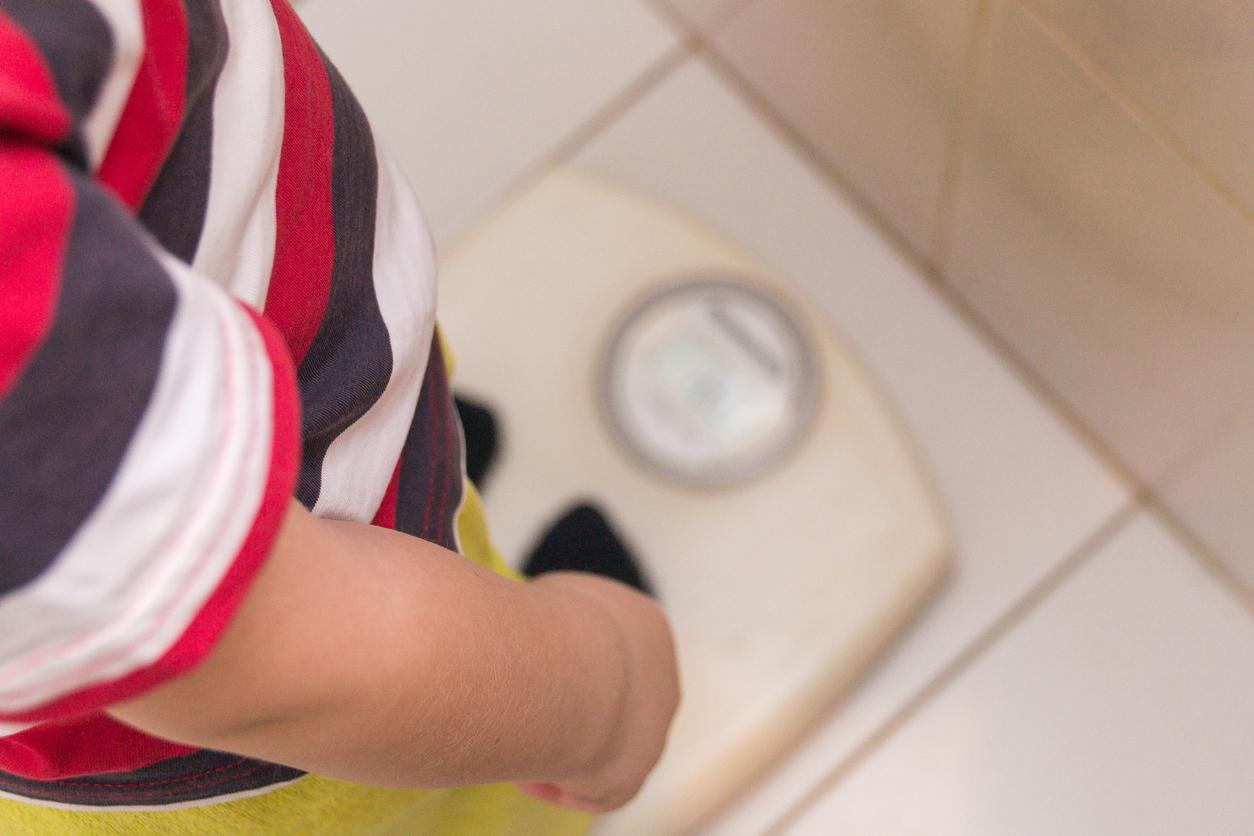Researchers have recently identified microbial signals and metabolites linked to diet in these young patients.

- Crohn’s disease is a chronic inflammatory bowel disease (IBD) that can impact the entire digestive tract.
- The researchers in this study wanted to understand the impact of diet and in particular of exclusive enteral nutrition in Crohn’s disease in children.
- Children suffering from the disease in fact leave a food “signature” in their feces making it possible to predict the response to treatment through nutrition, thus offering a less medicinal method for these young children.
The results of a recent study show that up to 80% of young active patients with the disease experienced clinical remission with a specific treatment called exclusive enteral nutrition. Exclusive enteral nutrition (EEN) is a first-line treatment for pediatric Crohn’s disease, a subtype of inflammatory bowel disease. It is a complete nutritional diet, without fiber, which eliminates any intake of solid foods. This therapy can induce clinical remission in many children showing efficacy comparable to that of steroids.
A personalized and innovative approach to the management of Crohn’s disease
Faced with the particularities and diversity of responses of children with Crohn’s disease to available treatments, precision medicine and nutrition are emerging as major areas of research. The use of computational methods such as machine learning offers the possibility of stratifying patients based on clinical and microbiotic data, paving the way for more personalized therapeutic strategies. This innovative approach aims to improve clinical outcomes, predict treatment failures and identify patients at risk for surgical intervention.

Selon lAmerican Journal Of Clinical Nutrition : “By better understanding the links between diet, microbiological composition and intestinal metabolites, health professionals could develop more precise therapeutic strategies adapted to each child with Crohn’s disease. This personalized approach could not only improve clinical outcomes, but also patients’ quality of life by reducing the side effects of traditional treatments.”

















